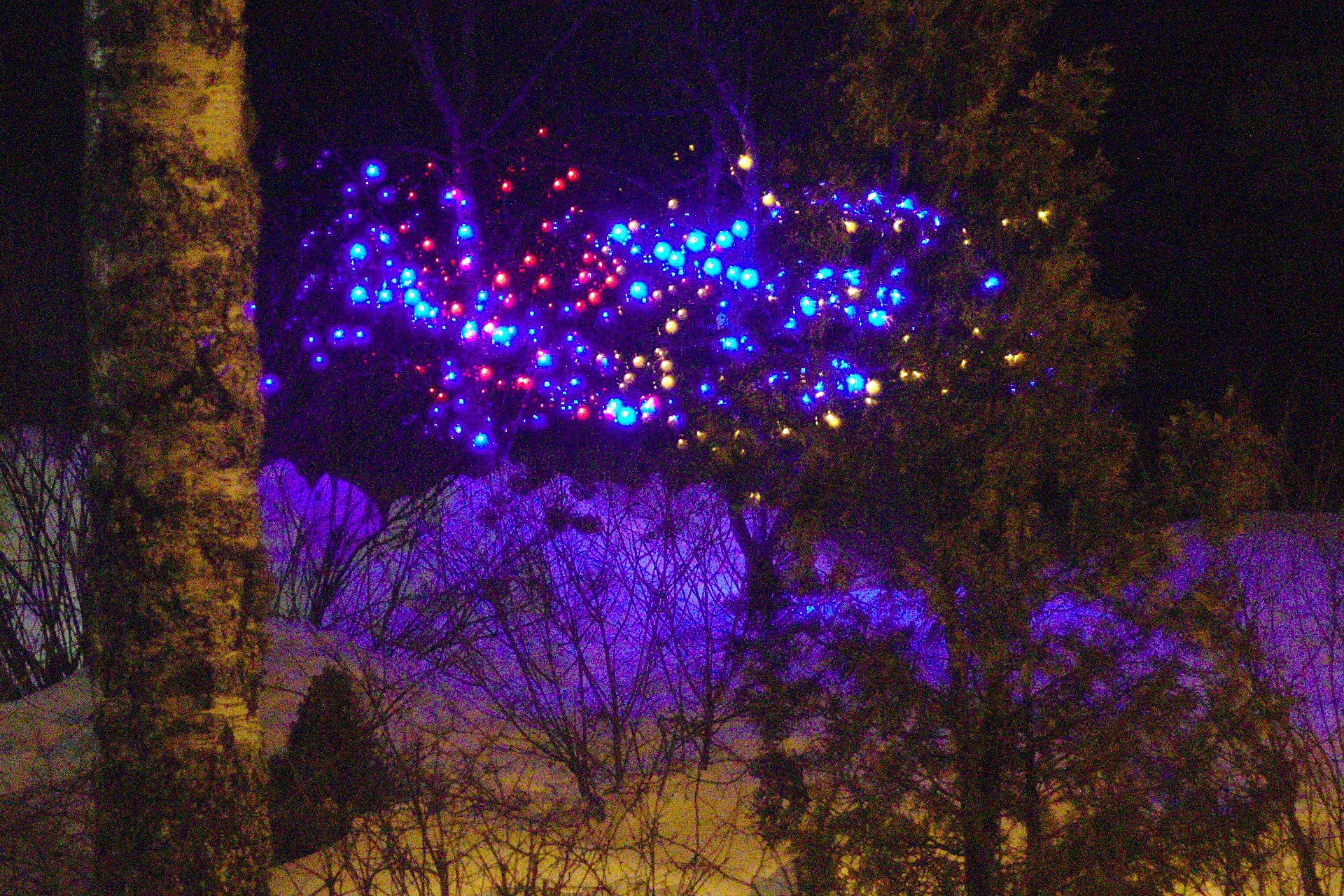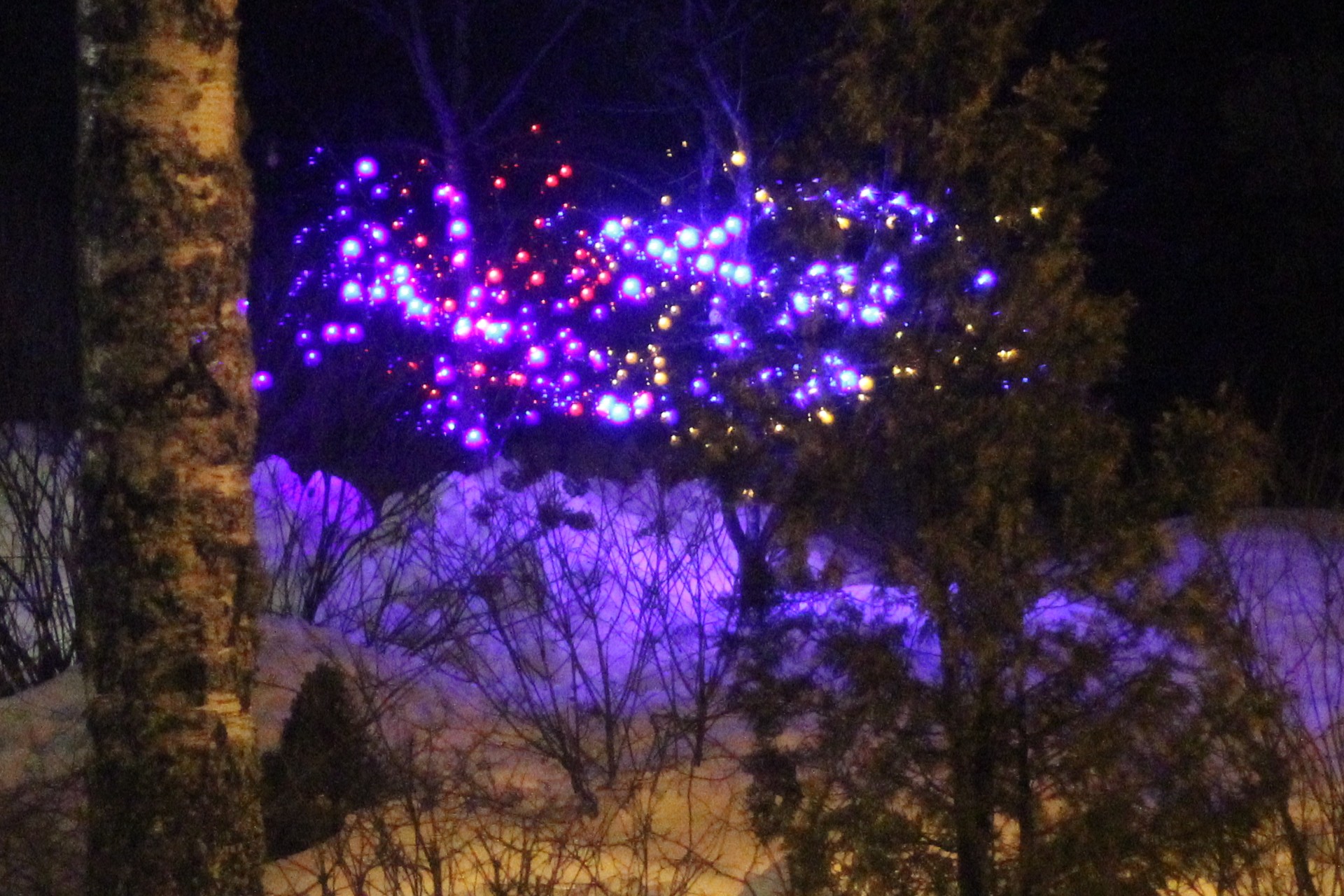I have unsuccessfully tried to reproduce the camera's (Canon EOS 2000D) noise reduction algorithms using open source software when post-processing RAW (.CR2) files. Specifically, the camera's noise reduction algorithm results in an image with:
- Practically no chroma noise
- Some pleasant luma noise left
- No painting-like appearance
The first approach I tried is L+A+B decomposition, applying gaussian blur to A+B channels and combining again. Unfortunately, it's a lot of manual work and severely reduces chroma resolution.
Then I found the darktable's profiled denoise module. It does not have noise profile for my EOS 2000D, but it does have a noise profile for EOS 1300D that is somewhat similar but has a different megapixel count. I copied the noise profile of EOS 1300D under the name of EOS 2000D.
The profiled denoise module of darktable removes both chroma and luma noise effectively, if using the non-local means algorithm. Removing the chroma noise is good, but removing all of luma noise may be a bit too aggressive for my taste, as I find some minor luma noise pleasant. It also creates a painting-like appearance if denoising a high-ISO image and cropping a small part of it.
Here are some examples:
First, a RAW file without denoising:

Then, a JPG created and denoised by the camera:

Then, a RAW file postprocessed by darktable profiled denoise module:

Overall, I like the darktable image the most. It doesn't have the annoying halos around the Christmas lights. However, the trees are slightly painting-like in the darktable image. All of the images are 1920x1200 crops from 6000x4000 original taken with ISO-6400 sensitivity.
What I would like to have is an option for denoising files in darktable in such a manner that some minor amount of luma noise is left, and there is no painting-like appearance. How to achieve this?


